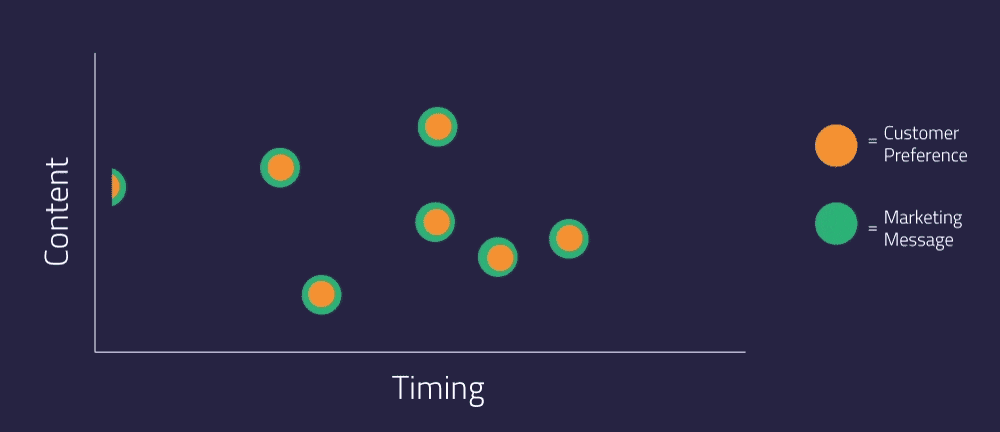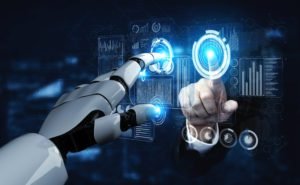Machine learning (ML) is truly a blessing to modern computing and technology, possessing the ability to endow systems and machines, the ability to think for themselves and tackle tasks on their own without any supervision of humans. Machine learning is able to do this by creating artificial neural networks which simulate how human brains work. Machine learning is assisted by data science and supports its applications in various fields.
Even though machine learning was initially invested upon with the primary focus on Artificial Intelligence, it was later recognized as a separate field and started being heavily invested upon from the 1990s and is one of the most valuable fields of computing that has one of the highest industry requirements of skilled professionals and freshers holding expertise in various skills and tools which assist in machine learning.
In this article, we will learn more about machine learning and how a well-planned data analytics course can help you progress in your career if you are already in this field or how it can help freshers get exposed to ML.
What is machine learning?
Machine learning first came into existence due to the interest of having systems and computers learn from data on their own. “Machine learning” was first termed by Arthur Samuel in 1959, who was working in IBM at that time. During his tenure there, he was responsible for various important projects related to computer gaming and AI. It all started when Mr. Samuel took the initiative to teach computers how to play games through the game of Checkers on IBM’s first commercially available computer, the IBM 701.
Eventually, machine learning started being used for various purposes and borrowed many models and approaches from statistics and probability theory. AI uses predictive analytics along with machine learning to execute the various responses or trigger actions. All of this is acquired from the training data set which helps the machine in learning and equips it with the information.
Machine learning is an important branch of computing and data science that creates autonomous systems which learn from data on their own. A machine trained with clean processed data eventually identifies trends and patterns to respond to situations without human supervision.
Machine learning also promotes the automatic improvement and development of algorithms or data models which improve on their own. Machine learning is an important part of Artificial Intelligence which uses data mining, predictive analytics, and various tools to assist machines in learning more extensively with methods like deep learning to allow them to execute functions that emulate the responses of a human, just much more accurate and fast.
Machine learning is also not biased unless specifically asked to do so, hence promoting unbiased AI-supported systems that make fewer errors. Data mining is also a very relevant field and quite valuable to machine learning as it helps systems come to conclusions without having some bits of data or having unknown bits of information. Machine learning is a type of predictive analytics which is backed by data and is exploratory in nature.
Perks of a Data Science Prodegree from Imarticus
The Data Science Prodegree is a great data science course that students and working professionals can choose to gain more exposure and skills in the fields of machine learning, business analytics, and AI.
- Acquire skills and learn how to use required tools and algorithms
- Gain valuable industry and course certifications
- Get placement support and opportunities from the best companies
- Advanced live classroom learning supported by technology and real-life projects
Imarticus’s Data Science course with Placement is a great choice if you wish to advance in your career and learn about machine learning, AI, business analytics, or data analysis which will help you become more effective as a data scientist and pursue your dream career in this respectable field.




 Tableau opens a way for qualifying and quantifying the data while also identifying any particular pattern with the missing data. It is one of the robust tools that is required while implementing the machine learning models or solutions so that the business side can also understand and visualize the analysis or predictions.
Tableau opens a way for qualifying and quantifying the data while also identifying any particular pattern with the missing data. It is one of the robust tools that is required while implementing the machine learning models or solutions so that the business side can also understand and visualize the analysis or predictions. 


 The
The 

 That is why companies today are investing heavily in the digitalization of their businesses.
That is why companies today are investing heavily in the digitalization of their businesses.

 In order to pursue an
In order to pursue an 
 We’ll discuss the data science course details of our programs in the following points:
We’ll discuss the data science course details of our programs in the following points: